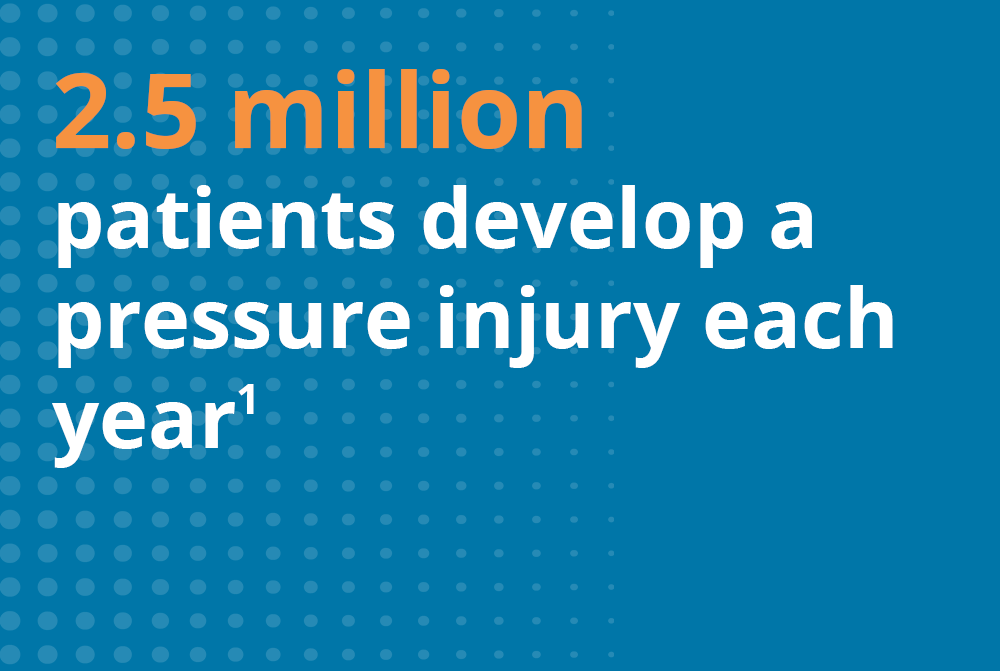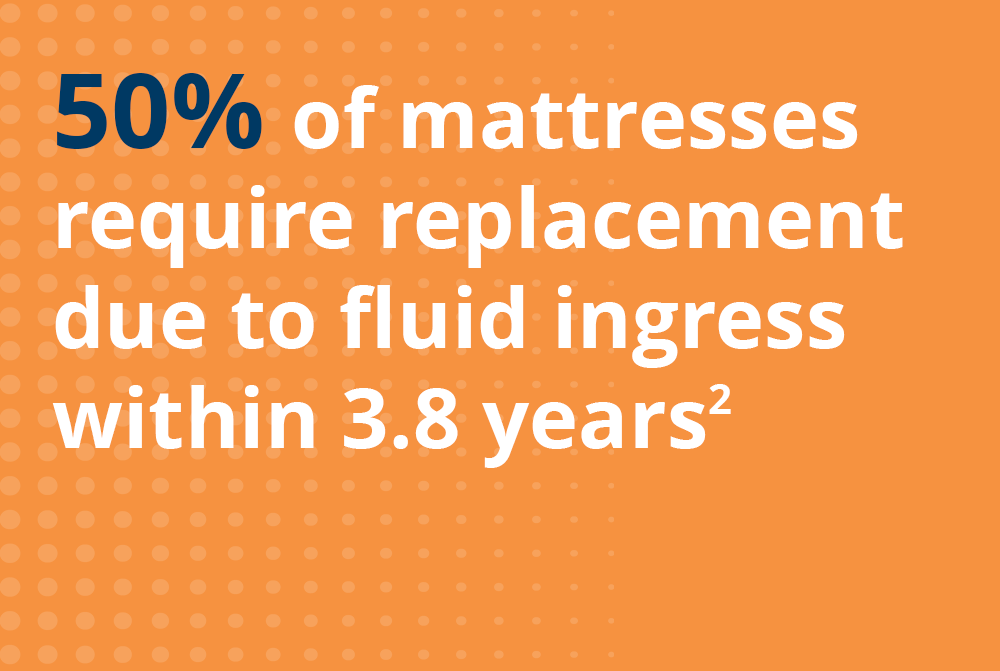When it comes to support surfaces, not all are created equal. Often, it is what’s under the covers (at least the top cover) that has a significant impact on performance. Selecting a support surface that is missing important manufacturing elements – or unknowingly using a compromised surface – can lead to poor outcomes and unnecessary replacement costs.
By the Numbers



In this video, Kristen Thurman, PT, MPT, CWS, VP of Product Management, Agiliti, takes a deeper look at some of the key attributes and performance goals that should be used to evaluate therapeutic support surfaces:

Prevent pressure injuries
By improving pressure redistribution, microclimate management and reducing shear management

Support patient movement and comfort
By incorporating alternating pressure, heat dissipation and shear reduction

Prevent cross-contamination
By utilizing unique construction and design to prevent fluid ingress

Reduce unnecessary costs
By improving clinical outcomes (HAPIs and HAIs reduction) and asset preservation
Watch the Full Video.
Submit the form at the end of the video preview to view the full presentation (25 minutes).
Sources
1) Pedula W, Delarmente B. (2019). The national cost of hospital-acquired pressure injuries in the United States. Int Wound J. 2019 Jun; 16(3): 634–640.
2) Koshy T, Manista G, Nicholson L, Ikpeze T, Todd J, Black J. The state of support surface integrity in acute healthcare facilities. Poster presented at: NPIAP 2023 Annual Conference. March 17-19, 2023. San Diego, CA.
